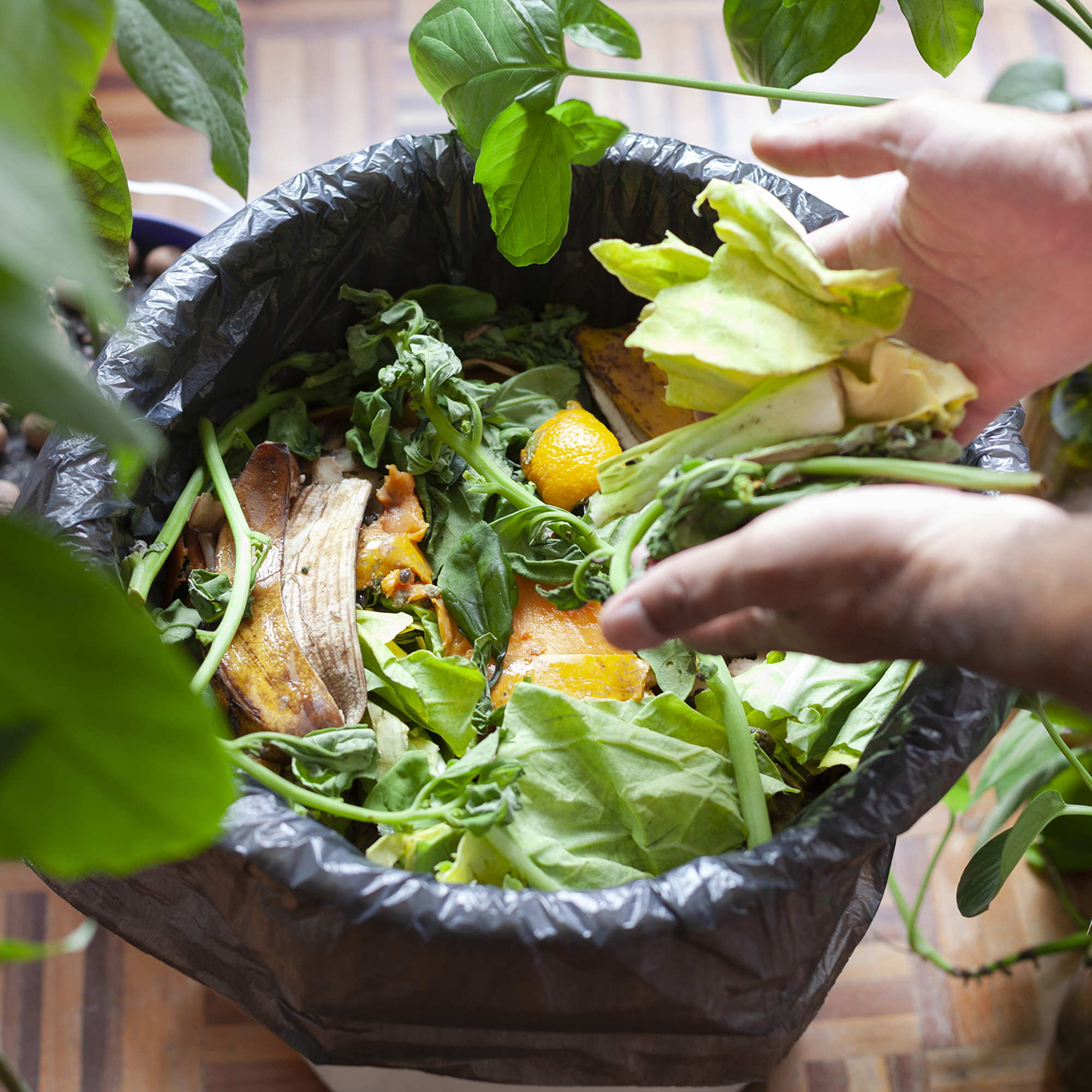New Jersey Planting Zones - USDA Map Of New Jersey Growing Zones

Click on the image above to see a larger version.
Understanding New Jersey USDA Plant Hardiness Map
If you live in New Jersey and you want your garden to be a success, you need to know the growing zone that covers your region. The map above is the New Jersey planting map, which the USDA released for 2023.
New Jersey is divided into four different planting zones, 6b, 7a, 7b, and 8a. Click on the map to enlarge it to determine which zone you are in.
The USDA revised the old plant hardiness map to reflect changes in average winter low temperatures over the last thirty years. The map helps gardeners know which plants will survive winters in their region and is a great tool for both novice and experienced plant enthusiasts. In addition to new winter low temperatures, the USDA plant hardiness map now takes into consideration the closeness to a large body of water, elevation and the urban heat effect.
Zone information should serve as a guide, so gardeners need to understand that failure to follow planting and care instructions can cause extensive damage, and even death, to a flower, shrub or tree. When shopping for plants for your region, visit your local greenhouses or plant distributors who will carry plants best suited for your USDA planting zone.
Gardening tips, videos, info and more delivered right to your inbox!
Sign up for the Gardening Know How newsletter today and receive a free copy of our e-book "How to Grow Delicious Tomatoes".
-
 4 Superfast Composting Methods: Turn Waste Into Garden Gold In 30 Days Or Less
4 Superfast Composting Methods: Turn Waste Into Garden Gold In 30 Days Or LessTry the fastest composting methods to turbocharge your pile and transform kitchen scraps and garden waste into finished compost in just a few weeks.
By Mary Ellen Ellis
-
 Best Spider Plant Soil – Complete Soil Guide And Expert Tips For Keeping Plants Happy
Best Spider Plant Soil – Complete Soil Guide And Expert Tips For Keeping Plants HappySpider plants are fun and easy plants to grow, but what is the best soil for a spider plant? Selecting the right soil is important so they can thrive.
By Bonnie L. Grant